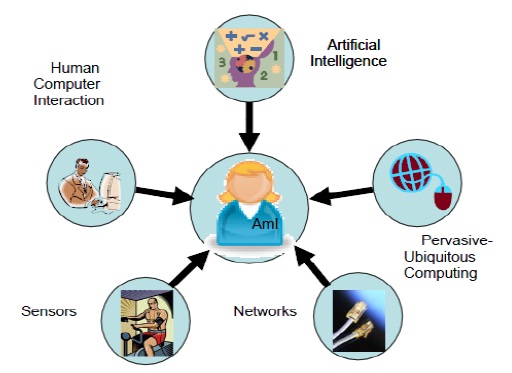Ambient Intelligence: Technology that Adapts to Our Environment

About Course
Imagine a world where your environment knows exactly what you need—even before you ask. Lights that dim as you relax, buildings that adjust energy usage based on occupancy, and systems that monitor your health and alert doctors if something goes wrong—all without you lifting a finger. Welcome to the realm of Ambient Intelligence (AmI), where digital environments seamlessly adapt to and respond to human presence and behavior.
In this engaging course, students will explore how Ambient Intelligence combines sensors, AI, machine learning, and integrated technologies to create environments that are not just smart, but intuitive. We’ll examine real-world applications in smart homes, cities, healthcare, education, and retail, while also addressing the challenges and ethical considerations that come with such powerful, immersive technology. By the end of the course, you’ll be equipped to think critically about the design, impact, and future of intelligent systems that anticipate and respond to human needs.
Course Content
Introduction
Definition of Ambient Intelligence
00:00Benefits of Ambient Intelligence
00:00Potential risks and concerns
00:00